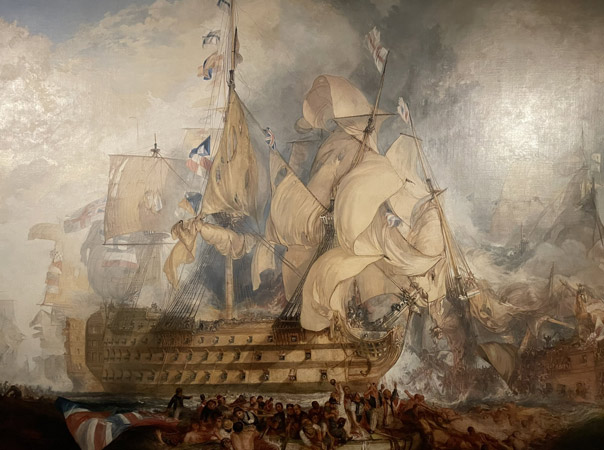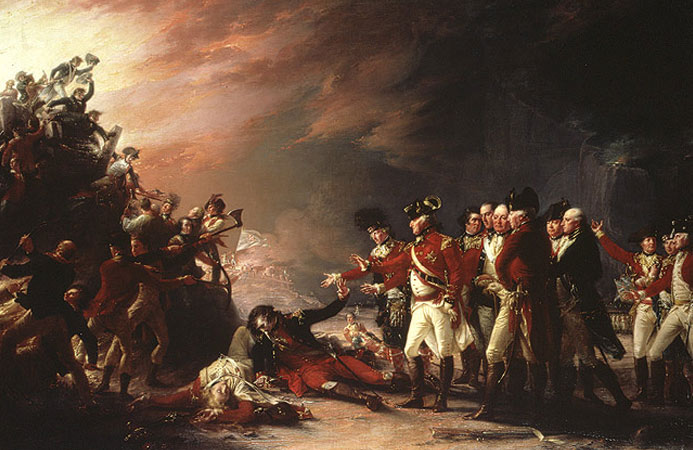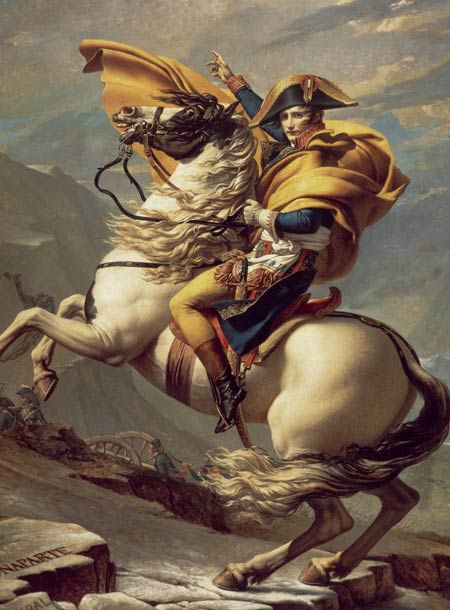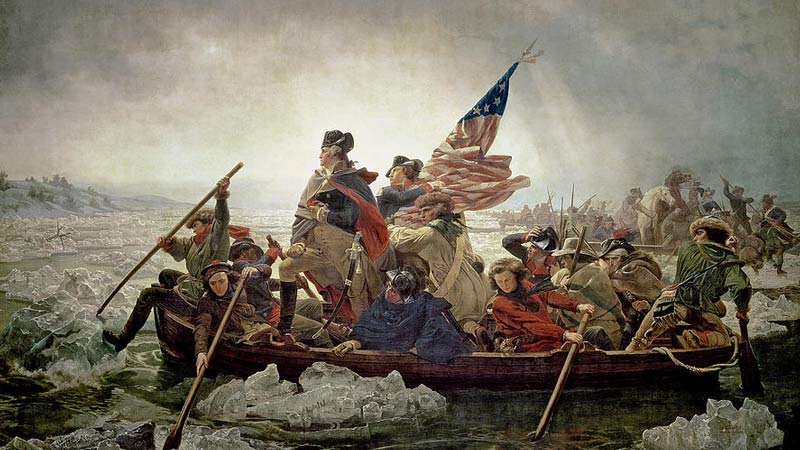
Military paintings capture the essence of human struggle, bravery, and the harsh realities of war. These artworks serve as powerful visual documentation of pivotal historical events, preserving memories of significant battles and their impact on society.
From the dramatic charge of cavalry to the haunting aftermath of conflict, each piece tells a unique story that resonates through time.
Throughout history, artists have immortalized military moments, often commissioned by rulers eager to celebrate victories or convey the emotional weight of loss.
This rich tradition spans centuries, evolving to reflect changing warfare and societal perspectives.
In this article, we’ll explore ten famous military paintings that not only showcase artistic talent but also provide insight into the complex narratives of war, revealing the triumphs and tragedies that shaped nations.
1. Battle of Grunwald – Jan Matejko

Jan Matejko’s “Battle of Grunwald,” painted in 1878, stands as a monumental depiction of the 1410 victory of Poland and Lithuania over the Teutonic Order.
This artwork emphasizes the dramatic death of Grand Master Ulrich von Jungingen, while also showcasing the valor of Lithuanian Grand Duke Vytautas the Great, dressed in striking crimson.
Matejko’s intricate detailing brings the chaotic energy of battle to life, immortalizing a pivotal moment in history and reinforcing its legendary status among Poles.
2. The Battle of Trafalgar – J. M. W. Turner

J. M. W. Turner’s “The Battle of Trafalgar” vividly depicts the naval clash on October 21, 1805. Commissioned by King George IV, this masterpiece showcases the heroism of the British fleet against overwhelming odds.
Turner employs dramatic lighting and swirling clouds, capturing the chaos of battle. The chaotic scene immortalizes Admiral Lord Nelson’s pivotal victory while celebrating the resilience of the Hanoverian monarchy.
This painting serves as a testament to the power of naval warfare and British maritime supremacy.
3. Scotland Forever! – Elizabeth Thompson

“Scotland Forever!” is an iconic military painting by Elizabeth Thompson, created in 1881. This artwork showcases the valor of the 79th Highlanders during the Battle of Waterloo.
Thompson captures the dramatic moment when a Scottish sergeant leads a charge on horseback, accompanied by a array of kilted soldiers.
The use of vivid colors and dynamic composition evokes the bravery and fierce spirit of the Scottish troops.
This painting not only commemorates a historical event but also reflects the pride of Scottish heritage and the significance of military service in the 19th century.
4. The Defence of Rorke’s Drift – Elizabeth Thompson

Elizabeth Thompson’s “The Defence of Rorke’s Drift,” painted in 1880, dramatically depicts the 1879 Battle of Rorke’s Drift, a pivotal event during the Anglo-Zulu War.
The artwork portrays British soldiers bravely defending their post against overwhelming Zulu forces. Thompson masterfully uses light and shadow to highlight the intensity of battle, capturing the expressions of determination and fear on the soldiers’ faces.
This painting not only commemorates courage but also preserves the memory of a significant historical moment in military history.
5. The Sortie Made by the Garrison of Gibraltar – John Trumbull

John Trumbull’s “The Sortie Made by the Garrison of Gibraltar,” completed in 1789, vividly captures a dramatic moment during the Great Siege of Gibraltar from 1779 to 1783.
This painting illustrates British troops, led by General Elliot, fiercely defending their stronghold against Spanish assaults.
Trumbull’s attention to detail highlights the chaos of battle and the determination of the garrison. The composition powerfully conveys the themes of bravery and resilience, serving as an iconic reminder of a pivotal defensive victory in military history.
6. The Charging Chasseur – Théodore Géricault

Géricault’s The Charging Chasseur, painted in 1812, depicts a Napoleonic cavalry officer poised for action. The dynamic composition features a rearing horse, embodying both motion and urgency.
Viewers feel the tension as the officer confronts an unseen enemy, showcasing themes of bravery and valor.
This artwork marked Géricault’s public debut, reflecting his innovative approach to capturing the essence of military life and the turbulent emotions of war, setting it apart from traditional classicism.
7. Triumphs of Caesar – Andrea Mantegna

Mantegna’s Triumphs of Caesar comprises nine monumental paintings that depict a Roman military procession celebrating Julius Caesar’s victories over the Gauls.
Painted between 1484 and 1492, these artworks are recognized as the largest collection of Italian Renaissance military art outside of Italy.
Mantegna’s use of egg and glue tempera showcases intricate details, once preserved in delicate frames that evoke their original presentation.
Today, they reside in the Royal Collection at Hampton Court Palace, continuing to capture the grandeur and significance of Roman triumphs.
8. Napoleon Crossing the Alps – Jacques-Louis David

Jacques-Louis David painted “Napoleon Crossing the Alps” in 1805 to honor Napoleon Bonaparte’s legendary military strategy.
David vividly portrays Napoleon on a majestic steed, confidently leading his troops through the treacherous Alps.
The dramatic backdrop emphasizes the perilous journey over snow-covered peaks, reflecting both the audacity and charisma of Napoleon.
This artwork not only reinforces Napoleon’s image as a powerful leader but also became widely reproduced, cementing its place in art history as an iconic symbol of military prowess.
9. Dawn at the Alamo – Henry Arthur McArdle

Henry Arthur McArdle’s “Dawn at the Alamo,” painted in 1905, captures a pivotal moment in Texas history.
McArdle focuses on the courage of defenders during the famous siege, portraying figures like Davy Crockett and Jim Bowie in a heroic light.
The colors evoke the early morning atmosphere, symbolizing hope amidst despair. Displayed in the Senate Chamber of the Texas State Capitol, this artwork measures over eight feet tall and thirteen feet wide, commemorating the enduring legacy of sacrifice and resistance.
10. Washington Crossing the Delaware River – Emanuel Gottlieb Leutze

Emanuel Gottlieb Leutze’s “Washington Crossing the Delaware River,” painted in 1851, captures a moment of audacity as George Washington leads his troops across icy waters on December 25-26, 1776.
The painting dramatizes the crossing with heroic imagery, including exaggerated ice floes and a valiant Washington at the forefront.
Leutze’s work combines artistic license with historical events, illustrating the spirit of perseverance that became a hallmark of American resilience during the Revolutionary War.






